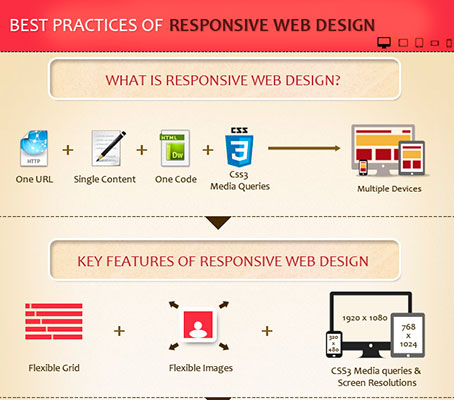Join Us As We Explore The Concepts And Strategies Behind Efficient Aesthetic Hierarchy, And Find How You Can Raise Your Site Design To New Heights
Join Us As We Explore The Concepts And Strategies Behind Efficient Aesthetic Hierarchy, And Find How You Can Raise Your Site Design To New Heights
Blog Article
Short Article Composed By-McCleary Magnussen
Visualize a website where every component contends for your attention, leaving you really feeling bewildered and not sure of where to focus.
Currently picture a site where each element is very carefully organized, assisting your eyes effortlessly through the web page, providing a seamless customer experience.
The difference lies in the power of aesthetic power structure in website style. By strategically arranging and prioritizing components on a website, designers can produce a clear and user-friendly path for customers to comply with, ultimately boosting interaction and driving conversions.
Yet just how exactly can you harness this power? Join us as we check out the principles and methods behind effective visual hierarchy, and uncover exactly how you can raise your web site layout to new heights.
Comprehending Visual Pecking Order in Website Design
To effectively communicate information and guide individuals via an internet site, it's important to understand the idea of visual pecking order in website design.
visit my web site pecking order refers to the plan and company of components on a website to stress their value and create a clear and instinctive user experience. By establishing a clear visual hierarchy, you can guide individuals' focus to one of the most essential information or actions on the page, improving use and engagement.
This can be attained via different layout strategies, consisting of the critical use size, color, comparison, and positioning of components. For example, larger and bolder elements usually attract more attention, while contrasting shades can create visual contrast and draw emphasis.
Principles for Reliable Visual Hierarchy
Recognizing the concepts for efficient visual pecking order is necessary in developing an user-friendly and engaging web site design. By complying with these principles, you can make sure that your website successfully communicates info to customers and guides their interest to one of the most vital elements.
One concept is to make use of size and scale to develop a clear visual hierarchy. By making important components bigger and extra prominent, you can accentuate them and guide users through the material.
One more concept is to make use of comparison effectively. By utilizing contrasting shades, font styles, and shapes, you can develop visual distinction and highlight important information.
In addition, the principle of distance suggests that associated aspects must be organized with each other to aesthetically attach them and make the internet site a lot more arranged and easy to browse.
Implementing Visual Pecking Order in Web Site Style
To carry out visual hierarchy in internet site style, prioritize essential aspects by readjusting their dimension, shade, and position on the web page.
By making crucial elements bigger and extra prominent, they'll normally attract the customer's focus.
Usage contrasting shades to produce visual comparison and emphasize important information. As an example, you can make use of a vibrant or vivid color for headlines or call-to-action buttons.
Furthermore, think about the setting of each aspect on the web page. Place why not find out more at the top or in the center, as users often tend to focus on these areas first.
Final thought
So, there you have it. Aesthetic power structure is like the conductor of a harmony, leading your eyes via the internet site layout with skill and panache.
It's the secret sauce that makes a site pop and sizzle. Without it, your layout is simply a jumbled mess of random components.
However with visual power structure, you can produce a masterpiece that gets interest, communicates effectively, and leaves a lasting impact.
So leave, my friend, and harness the power of aesthetic hierarchy in your web site style. Your audience will thank you.
